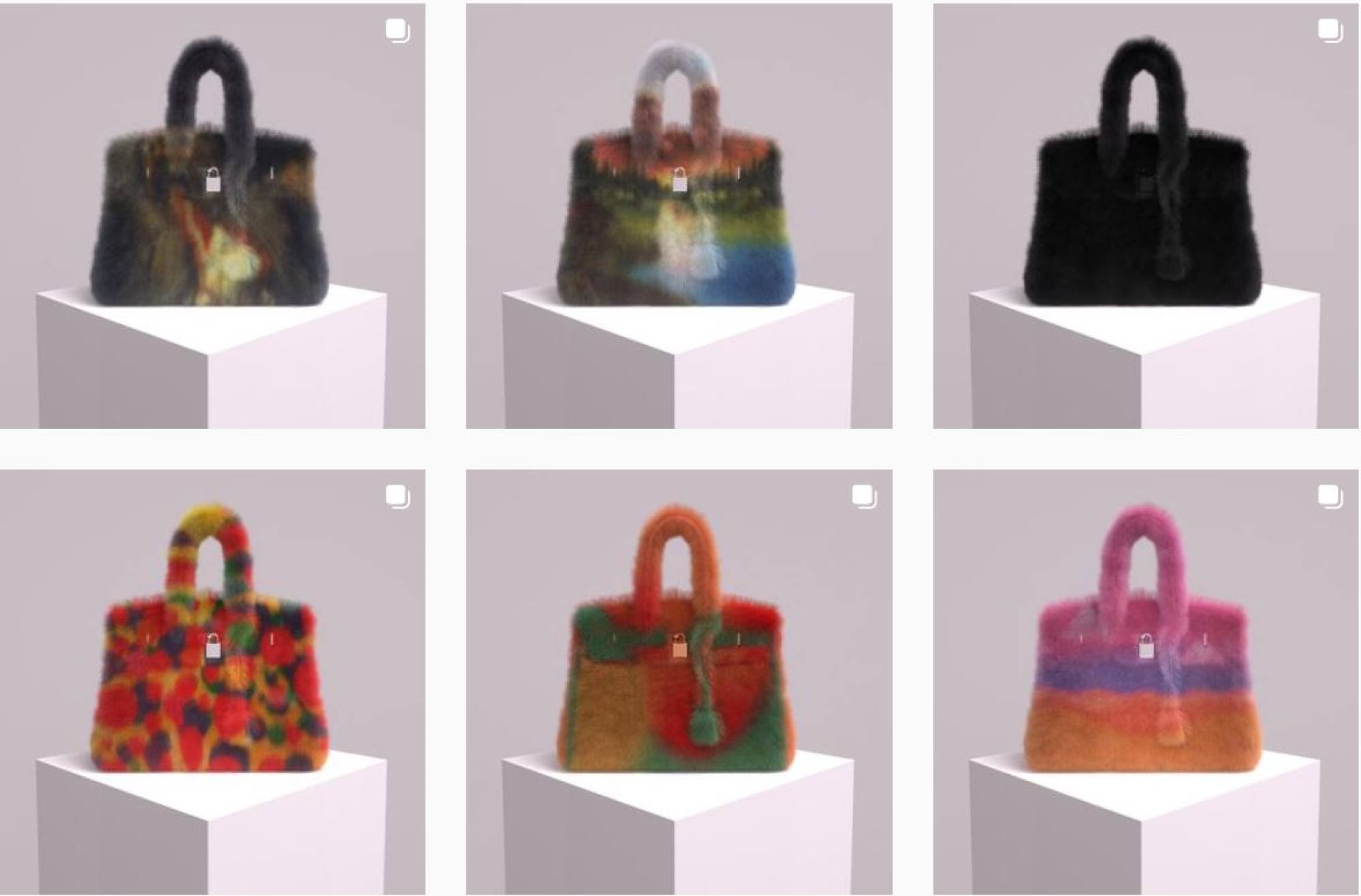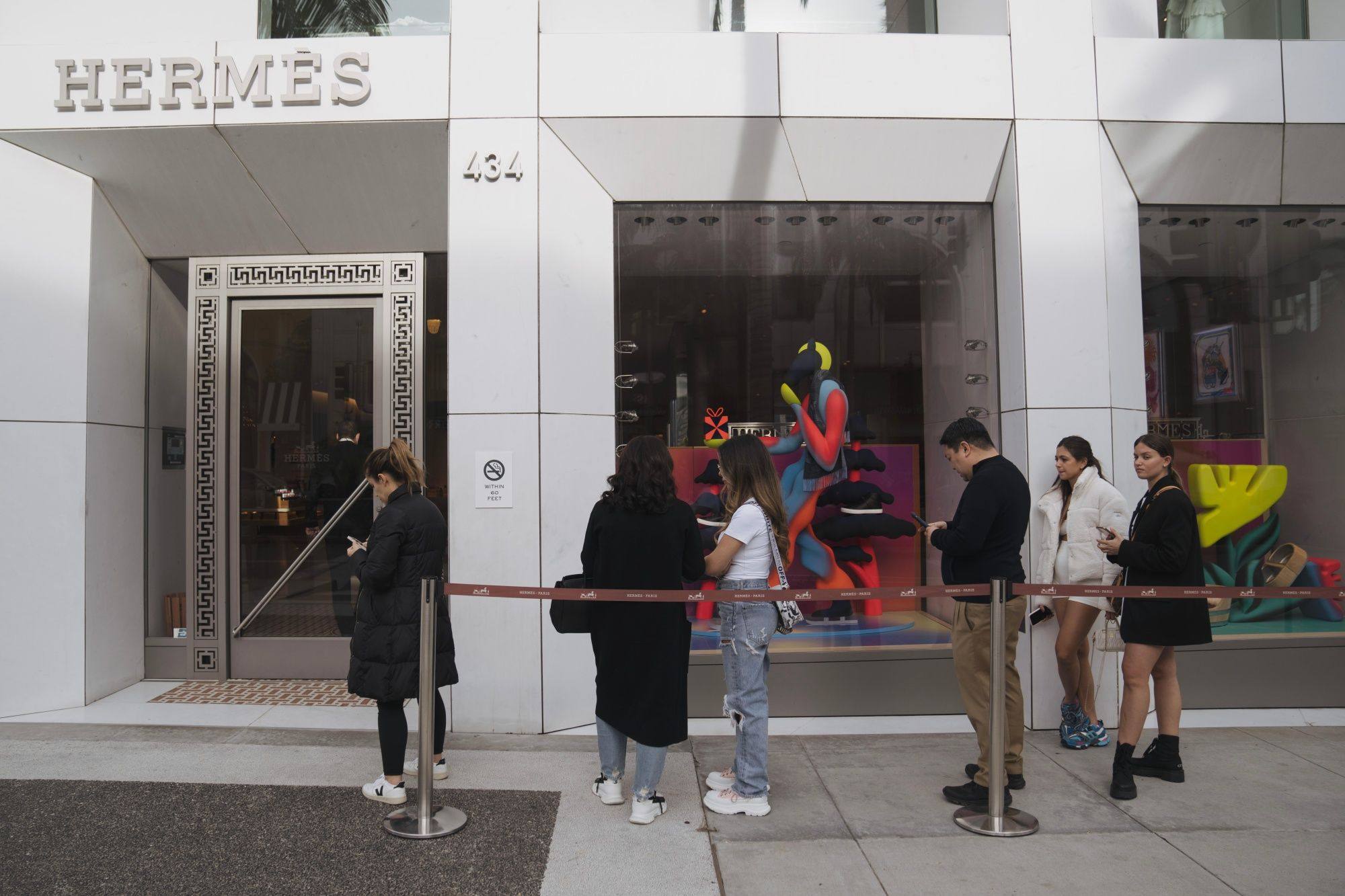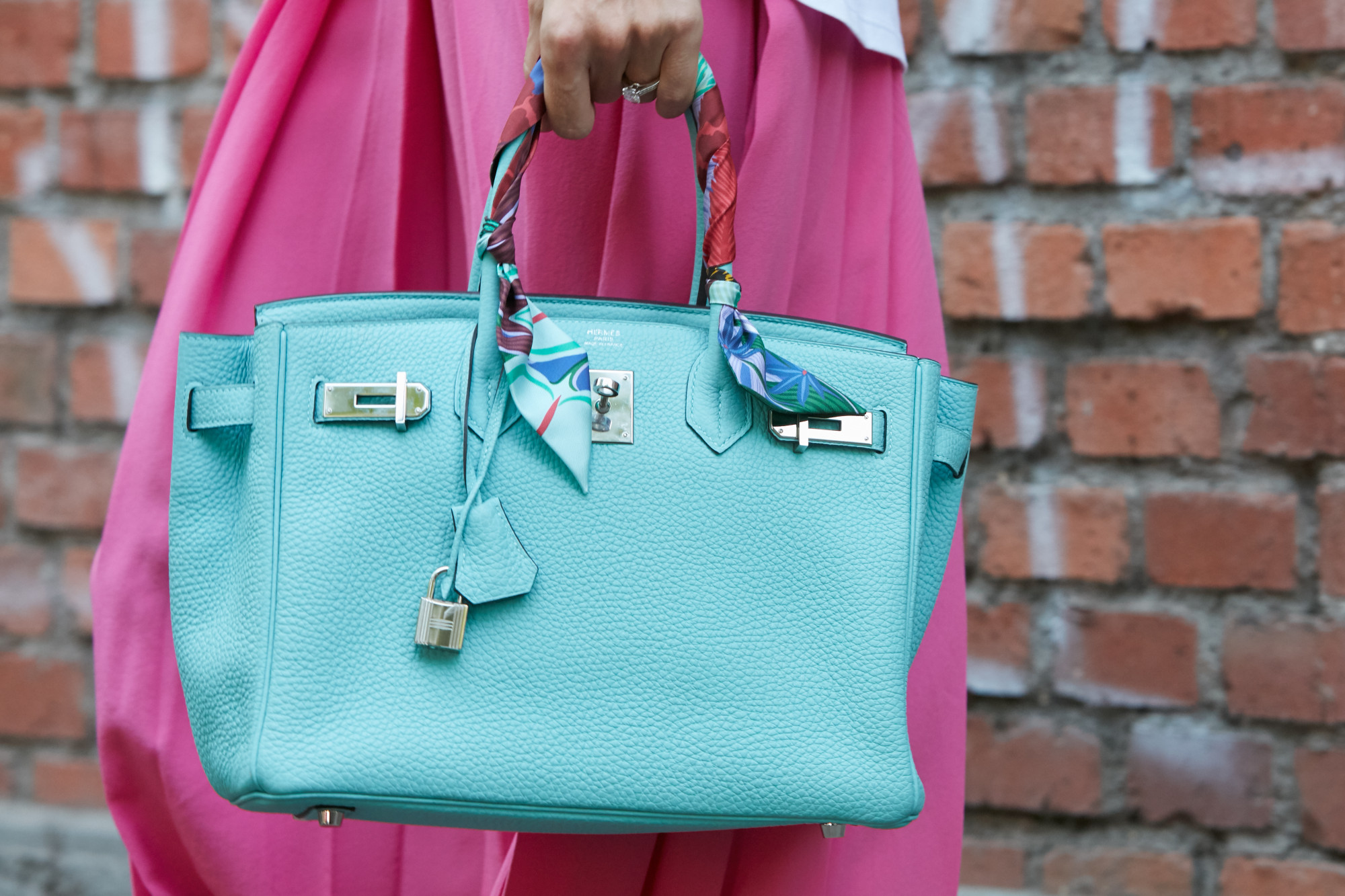Hermès wins lawsuit against MetaBirkin NFT artist – Mason Rothschild was selling the digital fluffy handbags in the metaverse, but was sued by the luxury fashion house over trademark rights

The nine-person jury returned a verdict on February 8, awarding Hermès US$133,000 in total damages. They also found Rothschild’s NFTs aren’t protected speech under the US First Amendment.
The trial was the first ever to examine how NFTs – digital assets that exploded in popularity over the past two years – should be viewed through the lens of intellectual property law.

Rothschild’s loss may have a chilling effect on NFT artists who want to use trademarks in their projects, according to Alfred Steiner, an intellectual property lawyer and artist.
“The commentary in Mason’s work was probably more difficult to discern because it was subtle,” he said. “It may have been lost on a pool of jury members or the general public.”
Which luxury brands will launch BTS members as their global ambassadors next?
Emily Poler, a New York lawyer specialising in technology and intellectual property, noted that the case is fact-specific, and that “there is still room for artwork to be protected by the First Amendment”.

The 100 MetaBirkin NFTs are linked to digital images depicting Hermès’ iconic Birkin luxury handbag, but covered in colourful, cartoonish fur instead of leather. Rothschild created and sold the NFTs in late 2021 after an extensive marketing campaign through his social media and website.
The jury determined that the NFTs are more akin to consumer products subject to strict trademark laws that protect brands from copycats and those looking to capitalise on their goodwill.
“What happened today was wrong,” Rothschild said in a statement. “What happened today will continue to happen if we don’t continue to fight. This is far from over.”
Artistic experiment

Throughout the case, Rothschild argued that his NFTs are works of art protected by the First Amendment, no different from Andy Warhol’s famous silk-screen prints of Campbell’s soup cans. His lawyers characterised the NFT project as an “artistic experiment” that examined how society places value on status symbols.
7 handbags named after famous female icons, from Princess Diana to Selena Gomez
A blockchain expert testified during trial that Rothschild made around 55.2 ethereum tokens, worth about US$87,700 today.
“It is perfectly legal for artists to make money from their art,” Rothschild’s lawyer Rhett Millsaps said during opening arguments. “Trademark rights are limited by the First Amendment.”
Rothschild’s appeal to artistic freedom could have been hampered by a last-minute setback. On the first day of the trial, US District Judge Jed S. Rakoff ruled that a key expert witness supporting Rothschild, the famed New York art critic Blake Gopnik, couldn’t testify before the jury.

Gopnik, who wrote the 2020 biography Warhol, could have been able to establish a connection between the MetaBirkins and Warhol’s art. In pretrial testimony, Gopnik argued that the MetaBirkins were in the vein of “Business Art”, a concept pioneered by Warhol.
The parties also clashed at trial over the reliability of a survey conducted by one of Hermès’ expert witnesses, who found a net confusion rate of 18.7 per cent among potential NFT buyers. Rothschild’s expert witness said the survey misclassified respondents as confused when they weren’t, bringing the net confusion rate to 9.3 per cent.
6 of Jackson Wang’s most impressive luxury fashion endorsements
Speech, trademark balance
Hermès filed the suit last January after observing that some media outlets had incorrectly identified the MetaBirkins as being a project endorsed by Hermès.
Although Hermès does not yet sell NFTs, it has been developing plans to, and the MetaBirkins harmed its ability to break into that space, the company argued. “If we want to bring our bag into this virtual world, there will always be a reference to the MetaBirkins,” Hermès’ general counsel Nicolas Martin told the jury during testimony.
Hermès lawyers pointed to dozens of pages of text messages that they said show Rothschild wanting to “create the same exclusivity and demand for the famous handbag”. He used the words “pump” and “schill”, and sought financial backers that he called “whales”.
“We’re sitting on a gold mine,” Rothschild said in one text.

Rothschild’s lawyers, composed of a group of intellectual property law scholars at the firm Lex Lumina PLLC, pointed to the decades-old “Rogers” legal test. First defined in the 1989 case Rogers v. Grimaldi, the standard allows artists to use a trademark without permission as long as it meets a minimal level of artistic relevance and doesn’t explicitly mislead consumers.
8 times K-pop’s ‘sold-out stars’ reigned the fashion world, from V to Jennie
Rothschild moved to dismiss the case based on the Rogers test. Rakoff ruled last March that while he believes the test does apply, he needed more evidence to evaluate the test. But after both sides collected survey data and expert testimony, Rakoff again denied the parties pretrial wins in late 2022.
During closing arguments, Rothschild’s lawyer Jonathan Harris of Harris St. Laurent & Wechsler LLP said Hermès was improperly going after a small, independent artist with humble beginnings.
“He made himself an artist,” Harris said of Rothschild. “He was never given anything.”

- On February 8, Hermès won its lawsuit against Mason Rothschild, the digital artist behind the MetaBirkin NFTs, awarding the luxury brand US$133,000 in damages
- The jury found that Rothschild’s NFTs aren’t protected speech under the First Amendment, and the news comes after brands like Balenciaga and Nike announced their expansion into the metaverse